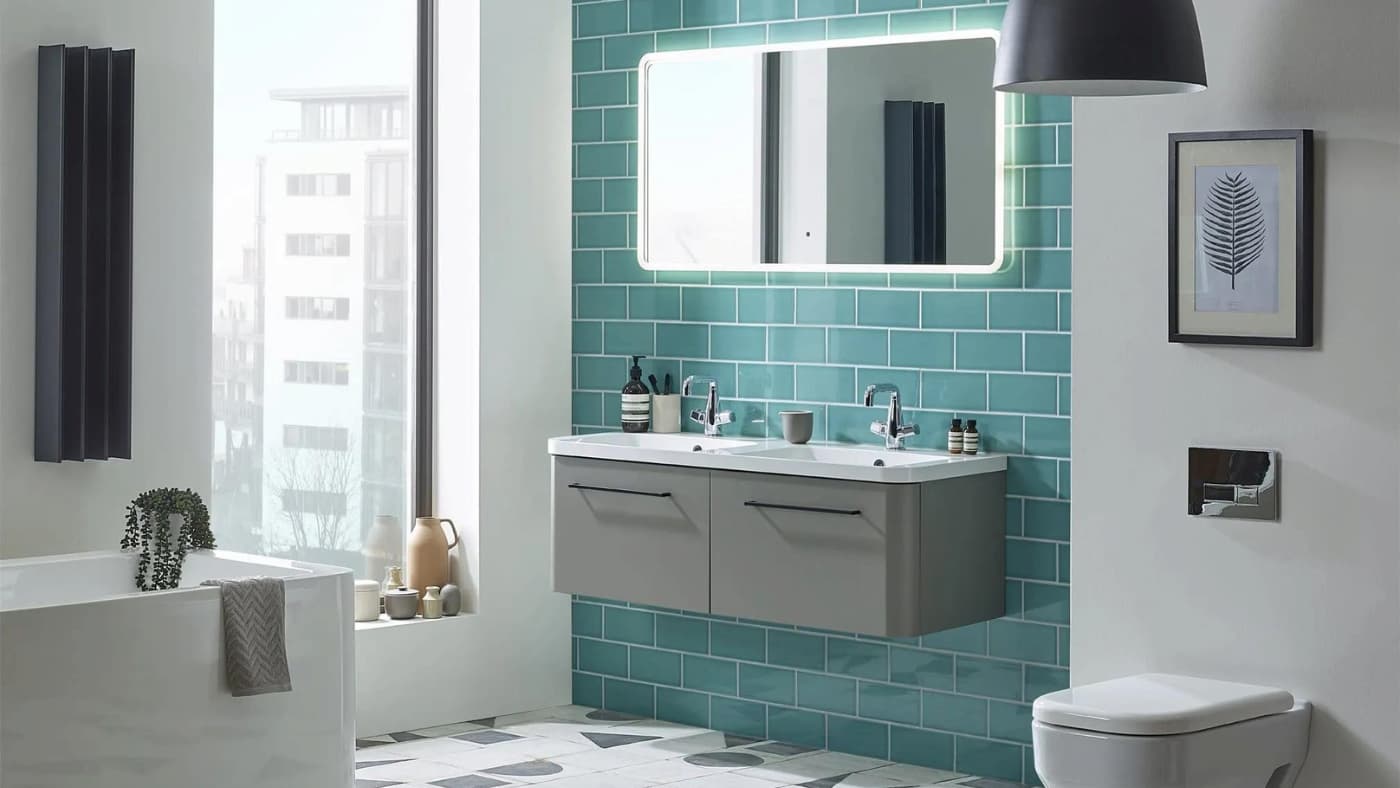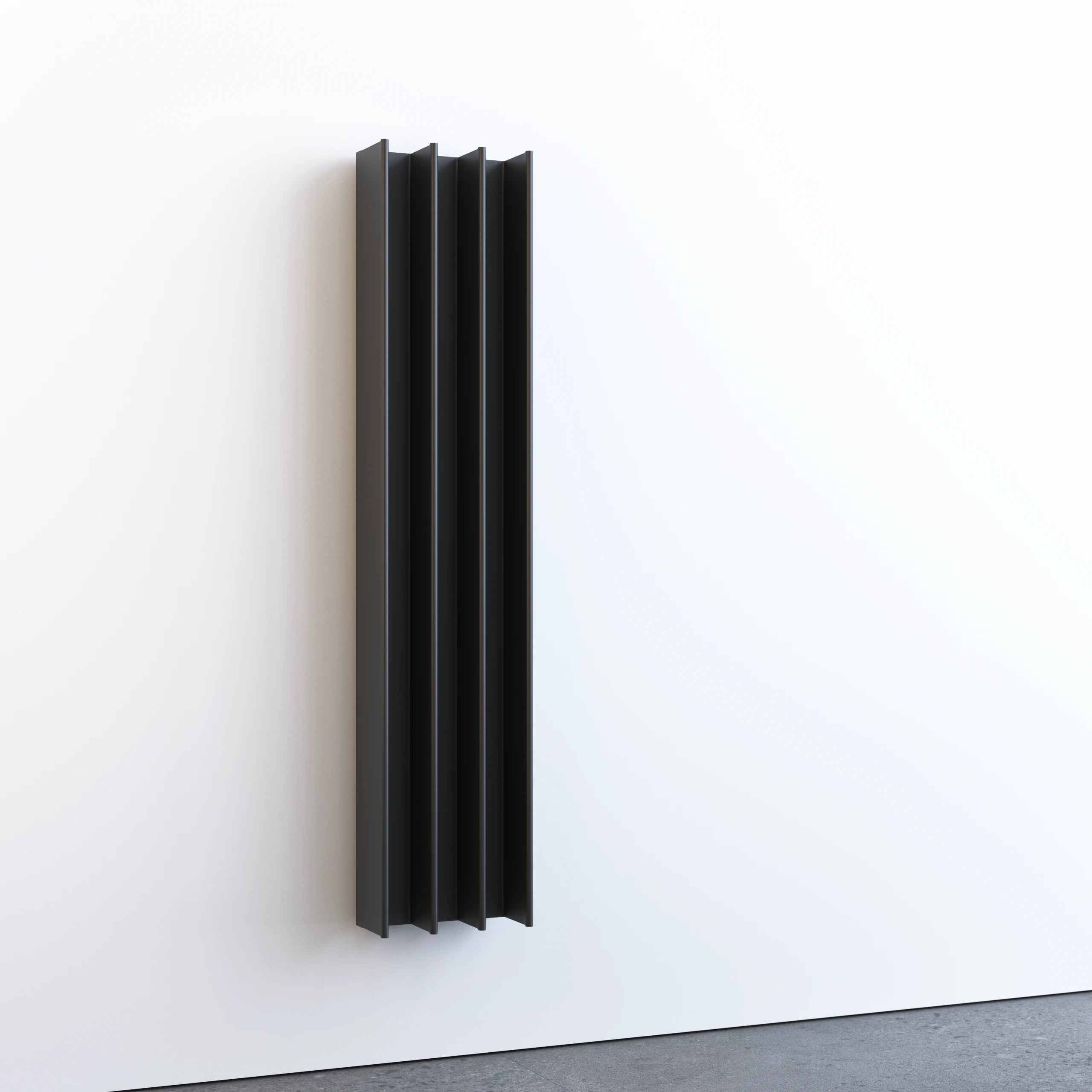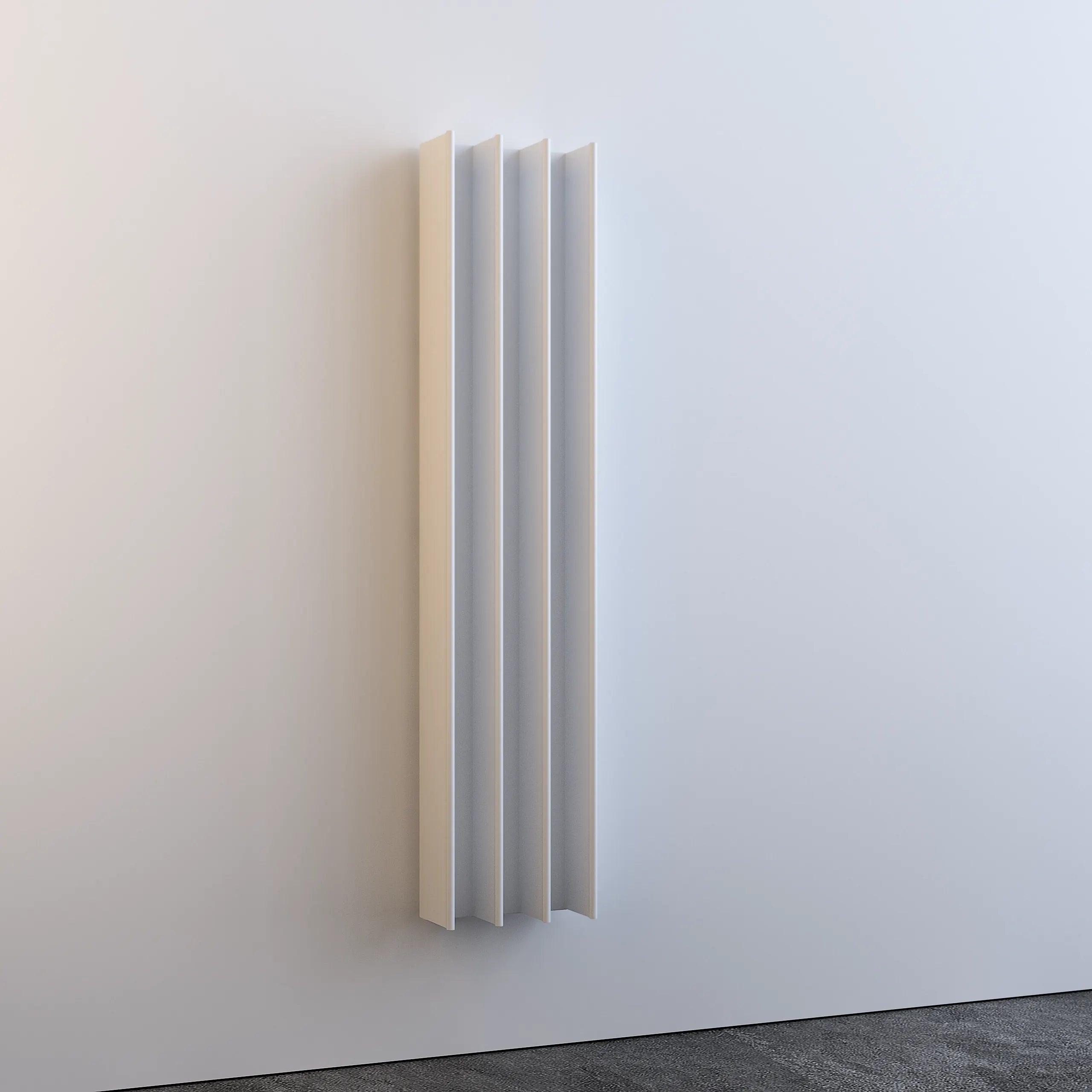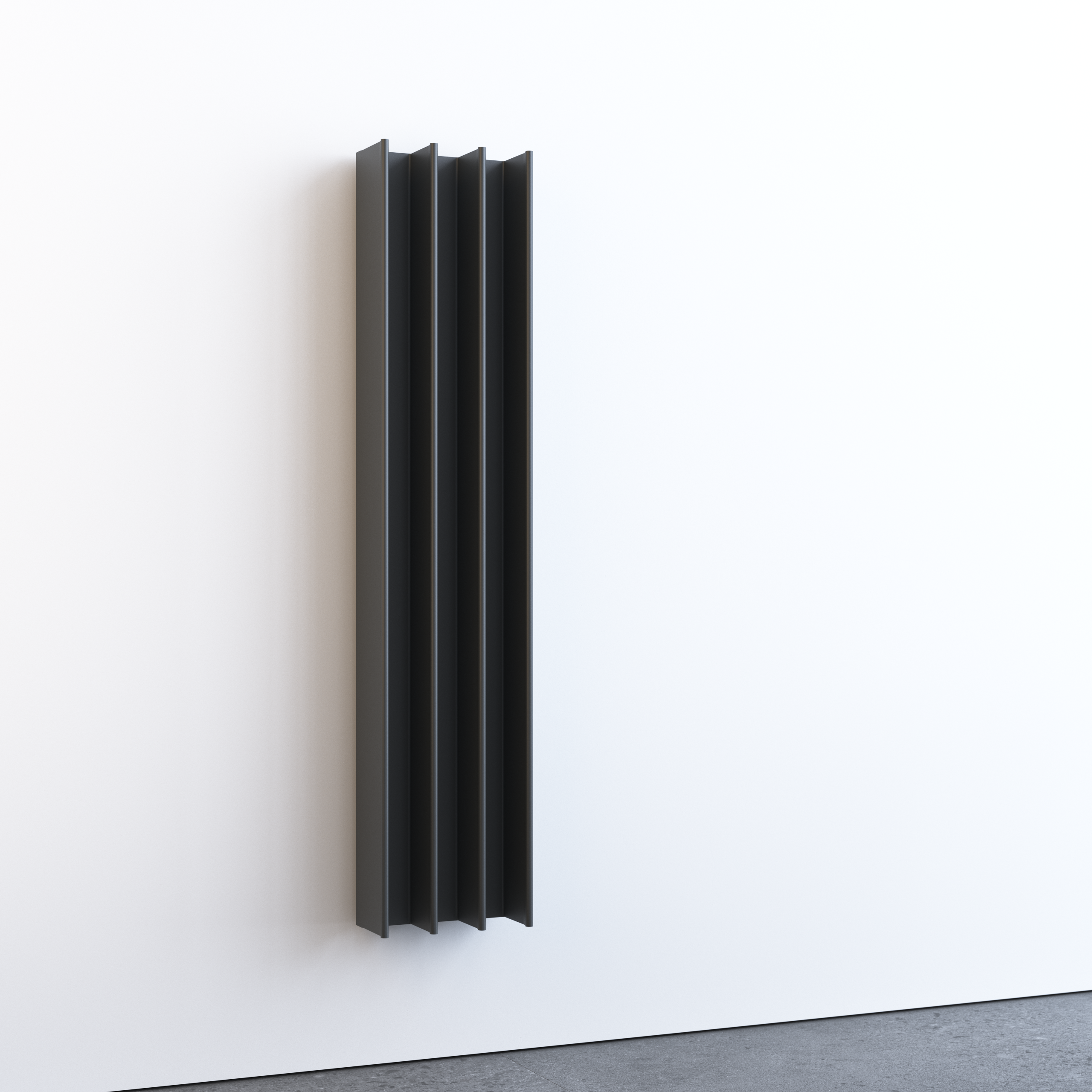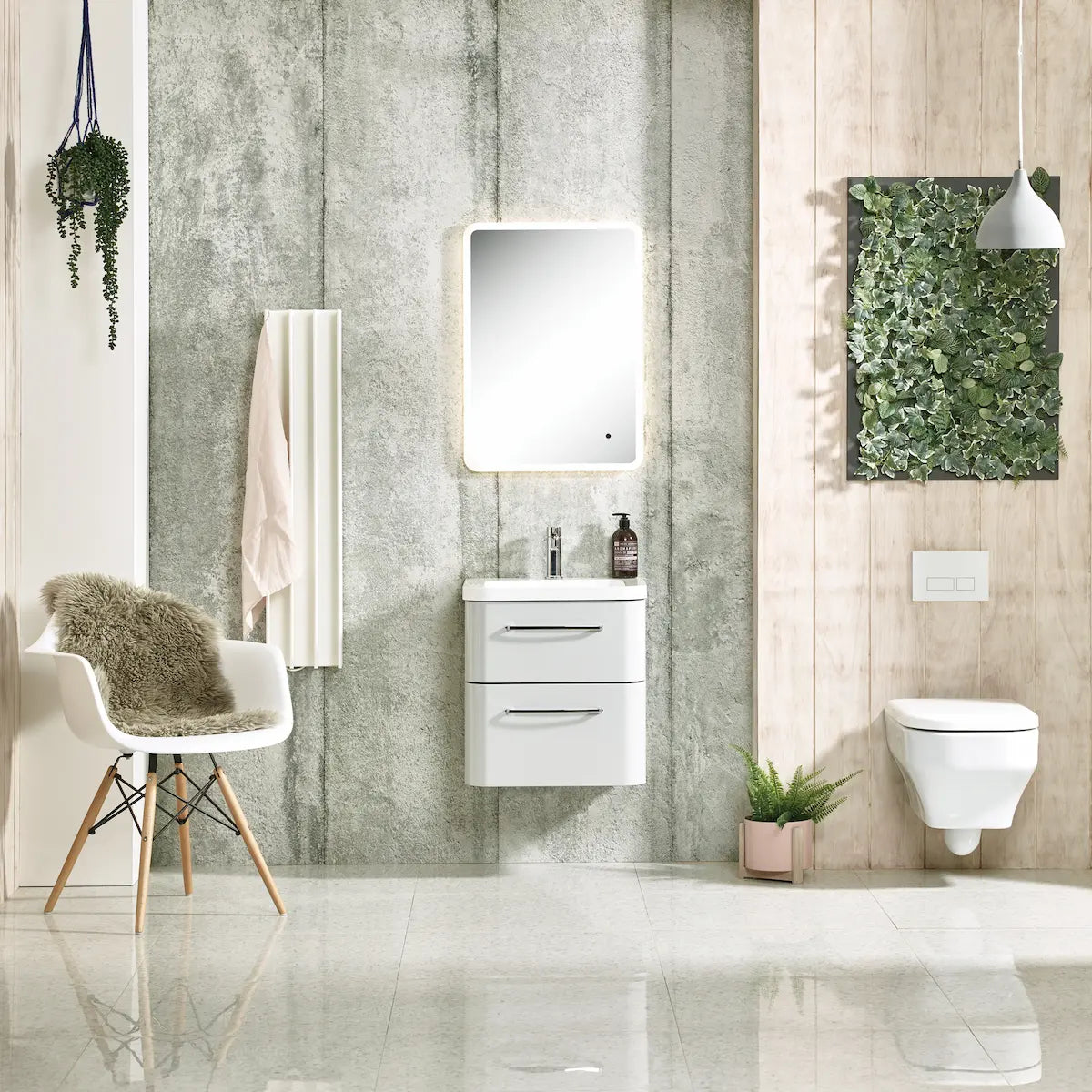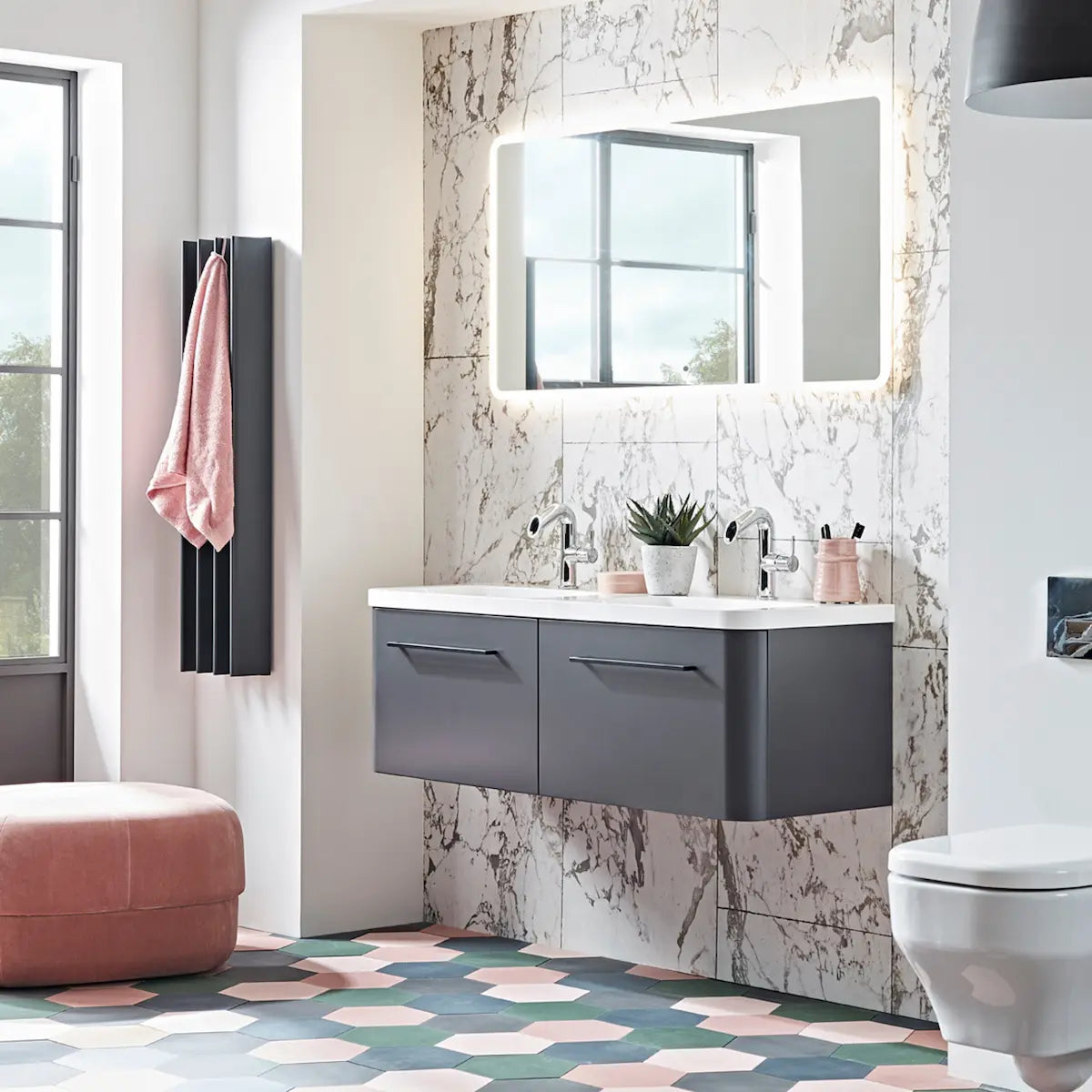Whether you’re renovating your entire bathroom, making some simple changes or simply updating your current towel rail, one of the improvements you may have considered is a heated towel rail. Great idea. Heated towel rails are super luxurious and provide a load of benefits, but one of the questions that people often ask is do heated towel rails use a lot of electricity? Let’s explore this question in detail, but first here’s a little tease; you might be surprised at the answer!
How much electricity do heated towel rails use?
The short answer is, not a lot. Most heated towel rails are very effective in heating and drying your towels. In other words, they don’t use a lot of electricity to perform their job.
To provide a bit more detail, the typical heated towel rails consumes 100 to 200 watts of electricity per hour. The difference in wattage can depend on a range of factors, including the size of the heated towel rail and the design.
At say 35 cents per kilowatt-hour the daily running cost for a 200 watt heated towel rail would be $1.68 if it was on all day. That’s about the same as having three 60 watt incandescent light bulbs switched on. And it’s about two to four percent of what a standard split system air conditioning unit will cost to cool and heat a room. It’s also a lot cheaper than using your dryer to dry your towels are each use!
Plus, it’s important to point out that most households don’t need to have their heated towel rails on all day. If you use your heated towel rail for four hours a day, which is relatively typical, the daily cost will only be 28 cents.
Most heated towel rails can be wired to a timer switch to help you control when your unit is on and off. If you usually have a shower in the morning, you may want to set it to start warming up an hour or two before your shower, so your towel will be nice and toasty. Then set it to turn off two hours after your shower, so your towel will be dry. Generally you can override timers when required. You can also easily update the timer settings for example, as the season changes and temperatures rise and fall.
What makes a towel rail efficient?
Past heated towel rails used heating liquid inside the rails to create heat (called hydronic) but that is pretty inefficient. These types of towel rails also require more maintenance. Most of today’s units use a dry heating element that is much more efficient, because it doesn’t loose as much heat to the surrounding space.
As well as making sure the heated towel rail you choose uses a dry heating element and has a timer, there are other ways you can improve efficiency and use less power:
- You probably know that aluminium is used widely in the aviation industry because of its lightness, but did you know that it’s also a great conductor of electricity. Heated towel rails made from aluminium are more efficient at transferring heat to your towels and your bathroom than any other type of rail. By the way, it looks pretty hot too!
- Choose a heated towel rail that is the right size for your needs. A larger model may look great, but if you don’t need the space and are concerned about keeping power costs down, choose a smaller unit. Conversely, you don’t want a small unit that’s overloaded with towels as you’ll need to run it a lot longer to dry your towels.
- Heated towel rails come in different styles and shapes, with some being more efficient than others. You’ll likely be familiar with the standard horizontal towel rails because they’re the most common. But you can also purchase vertical towel rails. While the power output of the vertical towel rails are similar to horizonal units, they are more efficient. This is because the heat loss from a vertical heated towel rail is much less. In fact, these units only have around a seven percent loss of heat, which is due to the heated air being projected onto the wall rather than on the floor.
- Heated towel rails that have a bar and fin design (see images of the Gordon heated towel rail) are more efficient than the standard rod elements, as the heat loss is far less. In addition, they heat up faster than traditional towel rails, which means your towels will dry quicker. While it’s a matter of personal preference, we think the bar and fin heated towel rails also look better than their counterparts. It’s like having a functional and groovy art piece in your bathroom.
 Introducing Gordon, our energy efficient towel rail
Introducing Gordon, our energy efficient towel rail
If it’s energy efficiency and good looks you’re after, Gordon is your go-to heated towel rail. It offers exceptionally low power consumption, so you can leave it on longer and all year round is you wish. Lab testing shows Eskimo’s innovative design dries towels in a third of the time compared to traditional horizontal heated towel rails.





